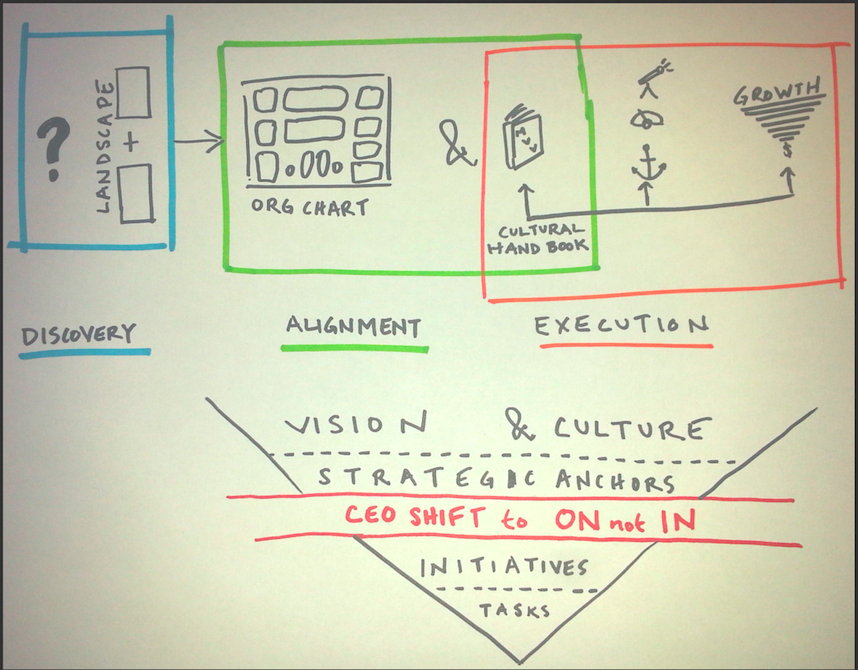Amazon has released the new book by Alan Hirsch & Tim Catchim. For those struggling with understanding how the change in culture is causing churches to re-orient, this book will answer some of those questions. According to the authors, many churches build their organization on Pastors/Teachers who are more interested in removing ‘messy’ apostolic leaders who agitate the organization. If
your church is involved in the missional community movement, this book is a must read.
This is a large book (368 pages) and it is also a book filled with a lot of complicated ideas that will take leaders a while to process. But, if you take the book on, I believe it will be one of the more revolutionary reads for the church if you understand the implications Hirsch and Catchim suggest.
Pick up a copy of the book today: The Permanent Revolution: Apostolic Imagination and Practice for the 21st Century Church
I recall sitting in a room years ago and first hearing from Hirsch at the National New Church conference in Orlando. His book, the Forgotten Ways had released and was causing a stir in the room. Fast forward several years and Hirsch continues to agitate the comforts of the North American Church. His influence is seen by many as the Church continues to adjust to the sociological shifts of the last couple decades. The Permanent Revolution: Apostolic Imagination and Practice for the 21st Century Church is another must read in this stream of conversation.
Pros – The authors leave few stones unturned as they discuss the necessary apostolic element in the church. If you come to agree with the arguments laid out, it can have serious impacts on the local church. I found several moments where I literally had to put the book down to process what was being said. Examples include:
Their use of APEST as a model for ministry and what this looks like worked out in a local church. (I’ve written on the Triperspectival model of ministry which, I think the authors wrongly characterize on p. 168 but that is another topic).
The contrast between Evangelistic and Apostolic leaders. The flow from Apostolic to Prophetic, Evangelistic, Pastor and then Teaching in a movement.
How the roles of Pioneers & Settlers are needed in the church. (Pioneers from my experience often leave the structures of the church to pioneer new works because churches don’t know what to do with them.)
Cons – This is not an easy read and may require time for you to process.
Overall though this is a necessary and recommended read for church leaders.
The Permanent Revolution: Apostolic Imagination and Practice for the 21st Century ChurchDrew GoodmansonFebruary 8, 2012
RELATED POSTS


